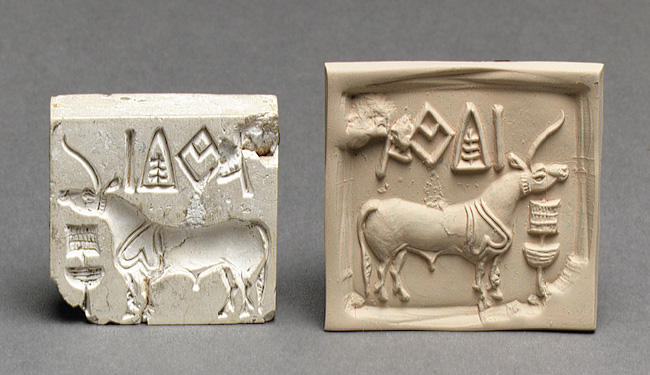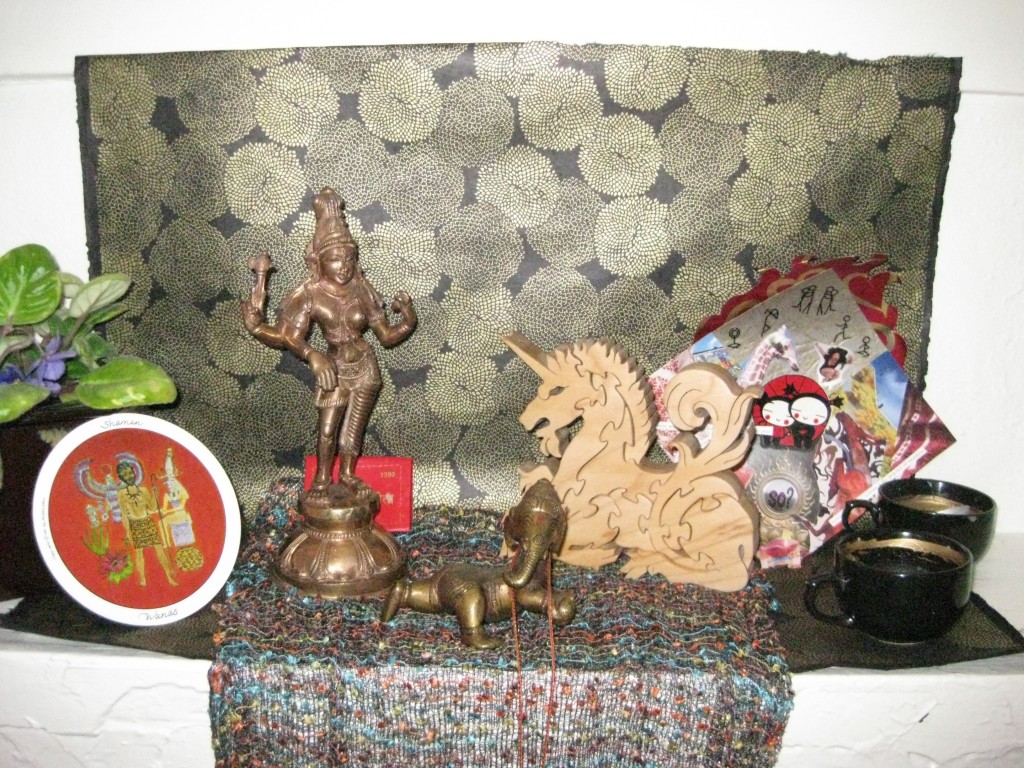Here are my notes on another in the series of University of Iowa lessons on poetry craft.
Part 1: Nuts and Bolts
Richard Kenney = MacArthur genius + poet who deals with evolution, physics, time.
So the first thing to note here is that Richard Kenney is totally hilarious to watch. He has a very excitable speaking manner and talks himself into random corners. My favorite part of the video starts around 1:45, when he’s talking about counting syllables in a line of poetry, and somehow he says:
“You could count unicorns. Five unicorns in a single poetic line would, would, uh, …well you see the problem… it would, its sentimentality would be the least of it.”
That was enough to get me started on my writing assignment for the week!
He also has a great schtick where he uses actual nuts and bolts to demonstrate syllables and stresses. Pop in at 3:00 to see a haiku about turnips counted out with nuts, and at 4:10 to see a rendition of an Olde English poem about Sir Galahad recited with bolts, and then a whole bunch of nursery rhymes, and then a Gerard Manley Hopkins poem, and on and on.
In English there are really just two rhythms that we’re trying to approximate: one is the heartbeat (double rhythm), and one is the hoofbeat (triple rhythm).
Out of these, you can build a line of a poem in two ways:
• the iambic pentameter, which approximates speech, or
• the shorter line, which is like a song rhythm.
The meter is mechanical, “made out of nuts and bolts like this,” and sounds robotic. But human speech varies the stresses according to emotion and feeling. So “don’t worry about it,” he says; “the meter goes along under the surface without any problem,” as long as you revert to the pattern strongly.
“Read the great poems and you’ll find these effects happening all the time.”
“Is it possible to write this way and sound anything like a normal human being? Will it necessarily sound like some sort of faux Shakespearean? No, it isn’t very difficult at all to do this day and night. The fact is I could speak that way for a long time without you noticing.”
“These meters don’t exist in the world. They exist in your nervous system. … It’s not about numbers and counting at all. That’s just the mind trying to understand it at a level of detail which is, in practice, all but irrelevant. The truth is, these things are biological effects.”
Meter didn’t originate just because it enhanced memory, but because it’s inherent to us.
William Trowbridge
William Trowbridge = Missouri poet + Academy of American Poets Prize winner
This part of the talk is all about using meter in free verse. He cites Poetic Meter and Poetic Form, by Paul Fussell.
Free verse still involves meter (syllabic stress), rhyme (often internal to the line), and other elements of “formal” verse. If you’re not paying attention, your poem could “fall into” a metrical pattern that
• you fail to take advantage of, missing an opportunity, or
• undermine/works against what you’re trying to say.
Alexander Pope: “The sound should seem an echo to the sense.” (An Essay on Criticism, Part II)
So it’s important for free verse writers to learn how to “scan” a line.
He reads a whole bunch of poems to demonstrate how to scan them, and why the poet chooses certain syllabic effects. There’s a lot of technical information about the six types of metrical units, etc., which are in the full video transcript.
My favorite example poems were Kinky by Denise Duhamel, from her book which is all about Barbie and Ken (!!), and Apartment by Rae Armantrout.
His advice: Run home and “scan” all your lines and see where you can make them more effective — don’t use an overly heavy beat for a light romantic subject, for example.
References for the technical stuff:
Rhyme and Meter Glossary
Best Words, Best Order by Stephen Dobyns — chapter on free verse
EXERCISE:
Try writing a poem with the heartbeat (double) or hoofbeat (triple) meter, or with both.


